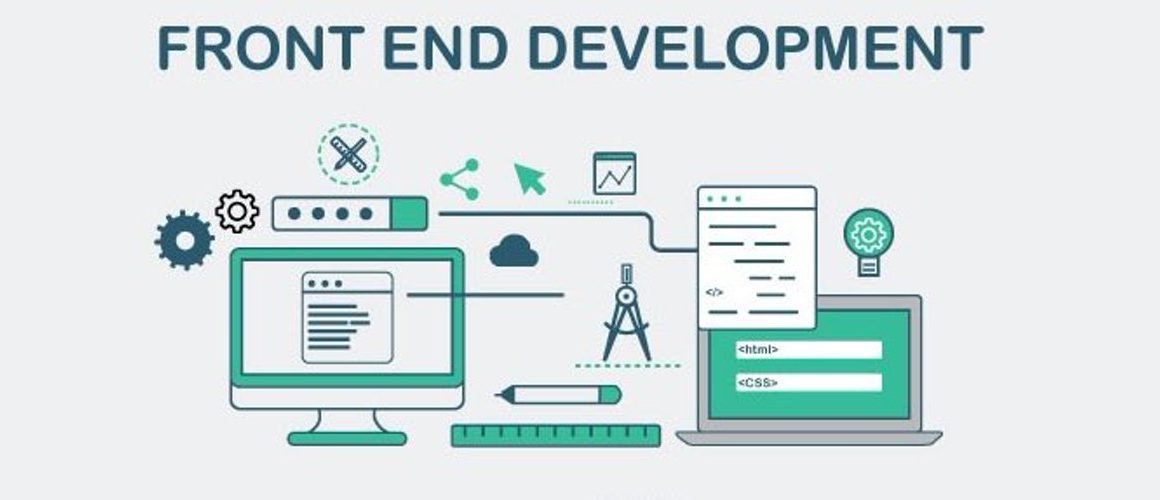Anyone who owns a computer or other digital device must be aware of cyber attacks. Here are seven common ones and how to stop them.
Cybersecurity threats are becoming more and more common
Cybersecurity threats are becoming more and more common. It seems like every day, there is a new story in the news about a major corporation or government agency being hacked. These attacks can have serious consequences, ranging from personal data loss to the theft of money or sensitive information. As our lives become increasingly reliant on technology, it is important to be aware of the dangers posed by cybercriminals and take steps to protect ourselves.
There are many different types of cyber security threats, and they can come from a variety of sources.
There are many different types of cyber security threats, and they can come from various sources. Some common examples include viruses, spyware, phishing attacks, and SQL injection. While it’s important to be aware of these threats, it’s also important to remember that there are steps you can take to protect yourself. For instance, you can install antivirus software on your computer and use strong passwords for all your online accounts. Taking these precautions can help keep yourself safe from the dangers of the internet.
The seven most common cyber security threats are viruses, malware, phishing scams, ransomware, botnets, denial of service attacks, and SQL injection attacks.
Viruses are malicious programs that can replicate and spread from one computer to another. They can damage or delete files, harm your computer, and even steal information. Malware is a type of software that is designed to damage or disable computers. Phishing scams are emails or websites that pose as legitimate businesses to trick you into giving them personal information like login credentials or credit card numbers. Ransomware is malware that locks you out of your computer until you pay a ransom, usually in Bitcoin.
There are a few things you can do to protect yourself from these kinds of attacks: keep your software up to date, use strong passwords/passphrases & make sure to avoid clicking on links or attachments from unknown sources.
As someone interested in cyber security, you are probably well aware of the many threats that exist online. However, did you know that you can do a few things to protect yourself from account takeover fraud protection? Keeping your software up to date, using strong passwords/passphrases, and avoiding clicking on links or attachments from unknown sources are great ways to stay safe online. So next time you browse the web, keep these tips in mind and stay secure!
Most common cyber security threats:
There are seven common cyber security threats that business face today. Here is a list of the seven most common cyber security threats:
1. Phishing: This is when an attacker pretends to be someone else in order to get information from you or your employees. They may do this by sending emails or other messages that look like they’re from a trusted source but aren’t.
2. Malware: This is software designed specifically to damage or disrupt a computer system.
3. DDoS (Distributed Denial-of-Service Attack): This is when hackers use multiple computers to attack one target.
4. Ransomware: This is when cyber criminals lock down your computer and/or your files and then demand money for their release.
5. Mobile Devices: Cybercriminals have taken advantage of this increasing trend by putting malware on devices like smartphones, personal digital assistants (PDAs), and tablets.



